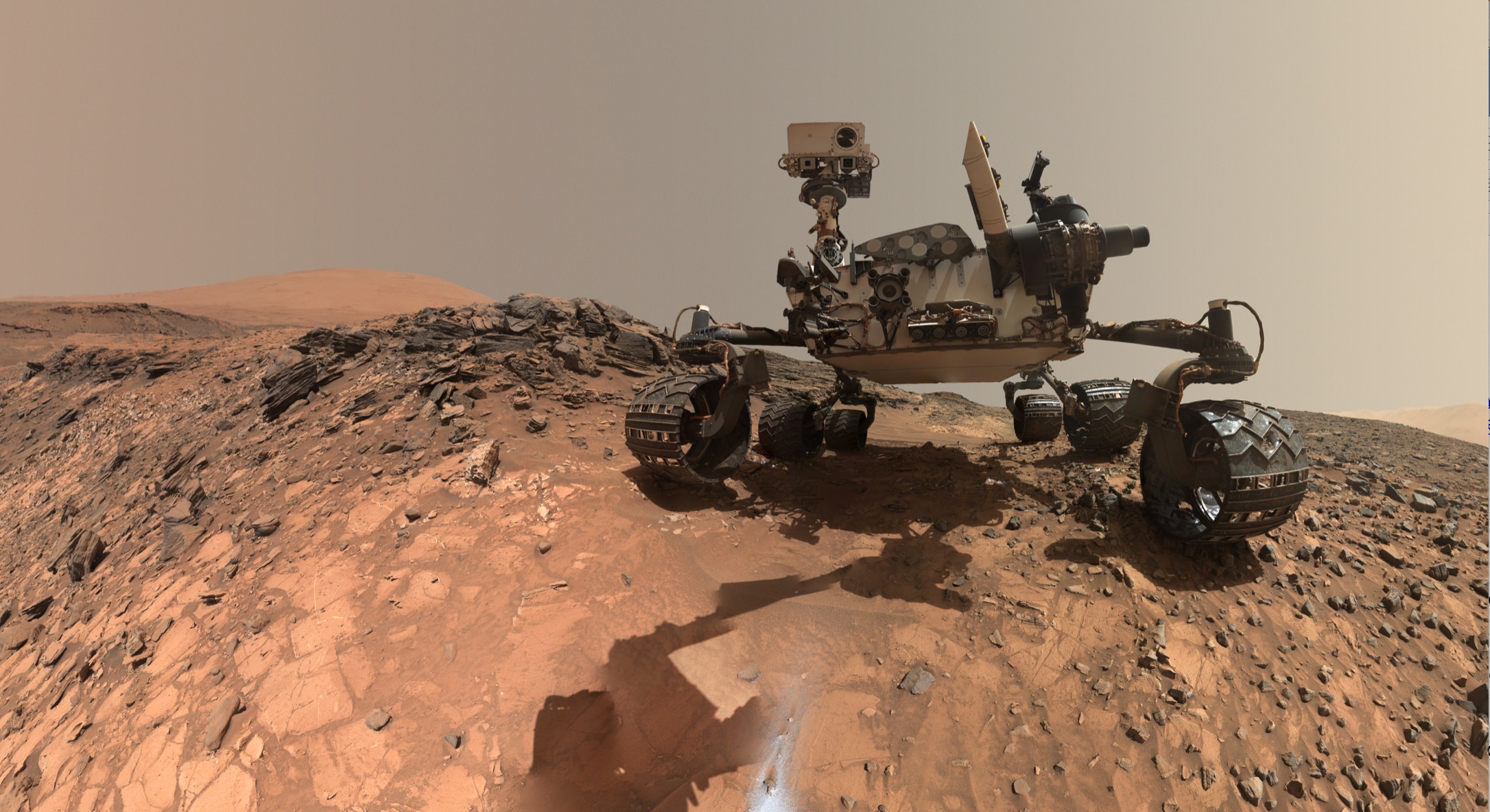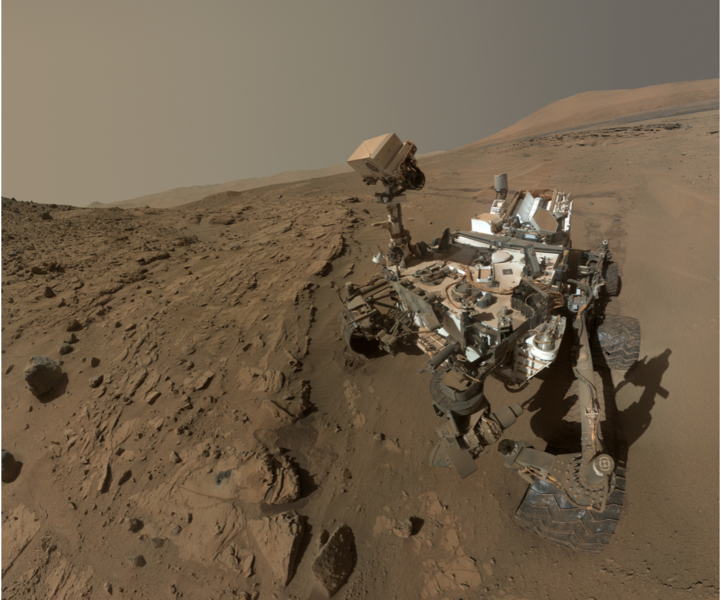Create a free profile to get unlimited access to exclusive videos, sweepstakes, and more!
How are we going to land on Mars without crashing and burning?

Mars is in our future, but first we need to figure out how to actually land the heavy spacecraft that will have humans as part of its payload—in one piece.
Curiosity is the heaviest vehicle ever to have touched down on the Red Planet (so far). At around 2,200 pounds, it’s still nothing compared to the 5-to-20-ton payloads we will have to successfully land if our species ever wants to experience Mars firsthand. Now a study recently published in the Journal of Spaceraft and Rockets has figured out how we can land heavier spacecraft without a dent.
Any spacecraft that lands in that red dust enters the Martian atmosphere at hypersonic speeds. Something zooming through space at Mach 30 needs to slow down pretty fast, to about Mach 3, if it has a prayer of not ending up as one huge crumpled piece of metal. Then the retropropulsion engines fire in the opposite direction to make sure it doesn’t slam into the surface.
Vehicles like Curiosity will put the brakes on as soon as possible, deploy a parachute to slow them down even more, and then finish the landing with air bags or rockets. That’s not going to be the case when you have a spacecraft carrying a monster payload of science instruments and astronauts.
“Unfortunately, parachute systems do not scale well with increasing vehicle mass. The new idea is to eliminate the parachute and use larger rocket engines for descent,” said Zach Putnam, co-author of the study and assistant professor in the Department of Aerospace Engineering at the University of Illinois at Urbana-Champaign.
When a lander slows down, that firing of the retropropulsion engines burns up a huge amount of propellant. That might not be an issue for unmanned landers, but the more propellant the vehicle needs, the more its total mass increases. That not only means astronomical costs, but also less payload capacity. If humans are going to make it to Mars, there needs to be room for them.
Hypersonic speeds allow for some lift that can be used to steer a Mars-bound spacecraft as it decelerates. There is a limited amount of propellant that can be used once the descent engines are ignited, which invites the question whether the engines should be fired for a highly accurate landing or burn through all the propellant just to get the heaviest payload possible on the ground.
“To maximize the amount of mass we can landing on the surface, the altitude at which you ignite your descent engines is important, but also the angle your velocity vector makes with the horizon—how steep you’re coming in,” Putnam said.
Making the best use of what propellant is left means the the vehicle would have to enter the atmosphere diving with the lift vector pointed downward. At the right moment, it would switch positions to lift up and then spend more time flying at a low altitude where there is greater atmospheric density, which reduces the energy used by the descent engines.
We still might not be completely sure how to sustain human on Mars, but at least we know the lander won’t end up as a space pancake.
(via University of Illinois Aerospace)



























